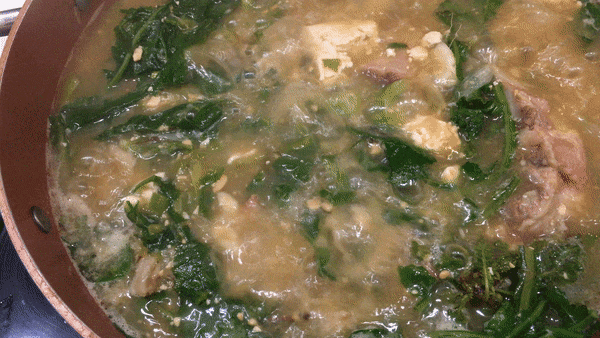
One of my favorite things to do is gather wild vegetables and herbs – and use them. This time of year offers abundant wild vegetables, and what to me and so many other people looks like just another weed, to Dr. Tae Yun Kim they are very precious foods. When I am lucky enough to get to accompany her on a wild herb picking adventure, she talks about how when she was little, those herbs saved her life. If you follow my blog you might remember that when she grew up, she was rejected and abused and eventually abandoned just because she was a girl – and during the time of having to fend for herself she relied on those wild herbs. Later on, when Dr. Kim was training under a Buddhist monk in the Martial Arts, he passed onto her an amazing treasure of knowledge, not just what you can eat, but how to use all manner of herbs for healing all kinds of conditions.

In the above basked you can see some herbs that are easily available in most places, such as young dandelion, shepherds purse, purslane and more. This particular basket includes a few green onions that had gone astray and grown way outside the actual vegetable garden.
In addition to the great taste, wild herbs also help detox your body after winter.
To use them in soup, soak these herbs well in apple cider vinegar for about 10 minutes, change the water, and repeat. Then chop them up into big pieces, including the roots if you can, and boil until barely tender.
For the soup base, you really can you use any broth you like. Chicken soup is a great one as is beef. The most traditional way to eat the herbs is boil them briefly in “bean paste soup” or Deng Jang chigae as it is called in Korean.
Let’s go outside and gather some herbs! Just be sure you know which ones are edible.


Reblogged this on Self Discovery as a Jung Su Won Warrior and commented:
Can’t wait to go picking and try
Reblogged this on Inner Peace 737.